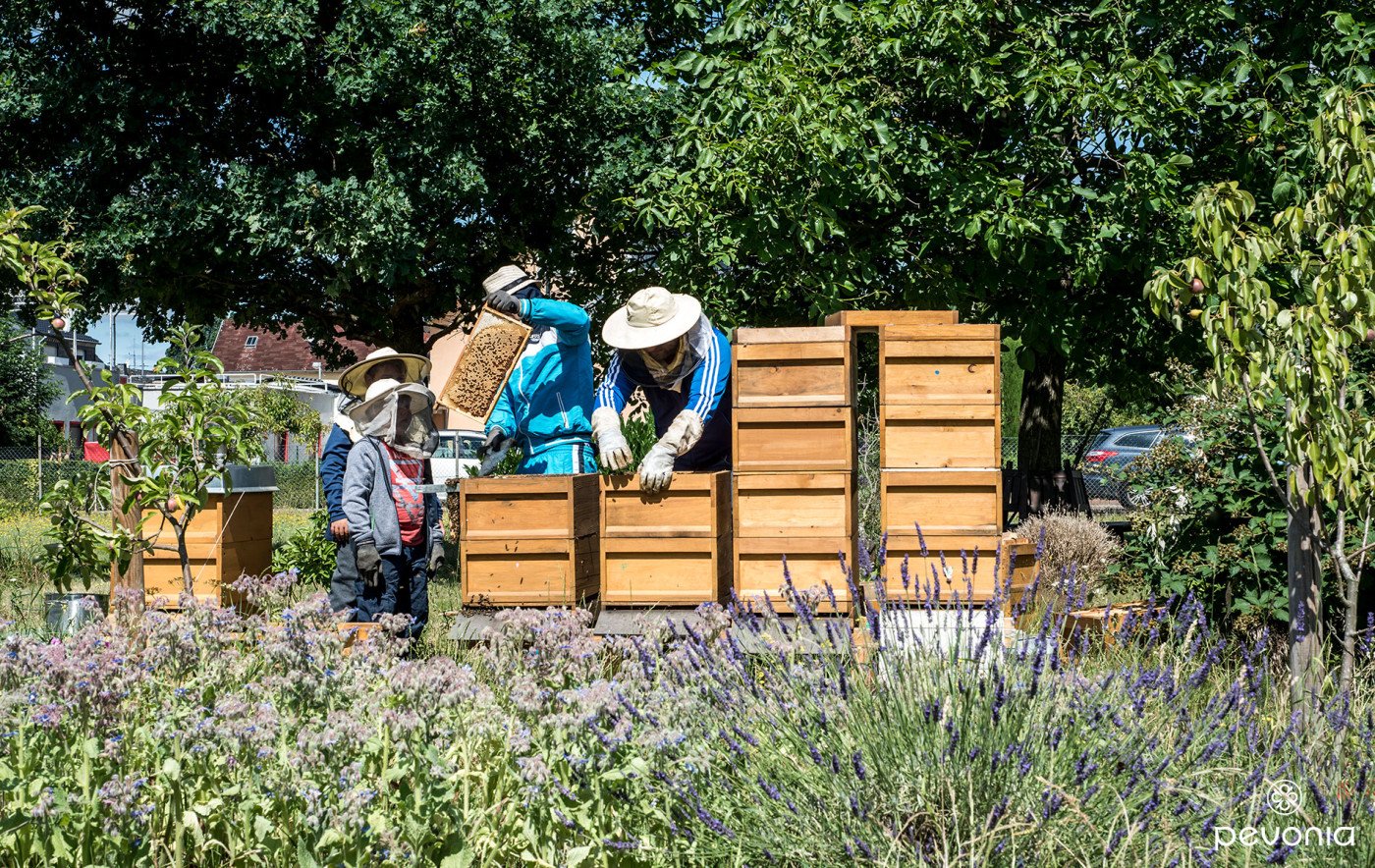
What Exactly is Apitherapy, and What are the Benefits?
What Is Apitherapy?
This holistic therapy utilizes the beneficial materials that honeybees naturally produce for therapeutic purposes. Apitherapists are typically naturopaths who administer these actives orally, topically, or by injection as either an alternative or complement to traditional medical treatments.
Disclaimer: Apitherapy may involve certain risks and side effects. Discuss with your physician and consider it a secondary or complementary treatment for various medical conditions.
What Do Bees Provide?
Bees provide several nourishing and healing compounds, including beeswax, bee venom, honey, pollen, propolis, and royal jelly, to care for various illnesses, conditions, and injuries.
What Is Apitherapy Good For?
Contrary to how it sounds, apitherapy is not therapy for apathy – although studies do suggest that honey may have antidepressant and anti-anxiety effects! “What do bees provide for humans?” It seems like practically everything from sweetening our food to relieving arthritis and tendonitis pain to helping heal burns, infections, shingles, and wounds. Here’s how products using materials that bees produce are created and used to treat multiple conditions:
Beeswax: Created by honeybees to build their hives and store honey and pollen, this waxy substance is often used in natural skin care products and cosmetics for its occlusive nature, moisture-preserving, and thickening properties. It also has antimicrobial, antioxidant, and anti-inflammatory benefits.
Bee Venom: Produced by female worker bees, bee venom contains apitoxin responsible for the pain, swelling, and redness of bee stings, which can trigger a histamine response and possibly severe, life-threatening reactions. However, it also contains amino acids, enzymes, peptides, and lipids beneficial for inflammatory and central nervous system diseases, cancer, and pain relief. What is bee venom therapy? Also called bee sting therapy, BVT dates back to ancient Greece when it was used to alleviate rheumatoid arthritis pain. Studies prove that it can decrease pain, stiffness, and swelling in rheumatoid arthritis patients, allowing them to reduce their traditional medications and prevent relapses. It is also successfully used as immunotherapy to desensitize those who are allergic to bee stings via controlled injections.
In addition, BVT is used to treat immune diseases (like lupus), cancer, fibromyalgia, frozen shoulder, hyperthyroidism, multiple sclerosis, nerve pain, neurodegenerative diseases (Alzheimer’s and Parkinson’s diseases), osteoarthritis, tendinopathy, wherein, the venom is delivered directly into the skin via a stainless-steel micro mesh which prevents the stinger from attaching to the skin, preserving the bees life. While it does have anti-inflammatory, neuroprotective, and immune-boosting properties and promise for anti-cancer and antiviral use, evidence is insufficient regarding the effectiveness of current applications for these conditions. Those who are not allergic to bees may experience adverse side effects from apitherapy, including cough, discoloration of the whites of the eye, headache, jaundice, muscular weakness, severe pain, and uterine contractions. Other apitherapy practices involve less risk, utilizing different honeybee products.
Honey: This sticky, sweet substance, a honey-licious favorite of bears and people alike, is made from the nectar of flowers. Harvested for its nutrient-rich properties, it contains amino acids, antioxidants, minerals (iron, zinc), and vitamins. People have used honey as an antibacterial, antioxidant, and anti-inflammatory remedy to alleviate coughs and promote healing and pain relief for burns, cuts, and wounds for thousands of years. Studies validate that it reduces the risk of infections and improves wound healing. Honey from eucalyptus, citrus, and herbs (mint, sage, rosemary, and thyme) is especially beneficial for coughs, sore throats, and upper respiratory infections. Honey is used in face moisturizer products for its moisturizing, soothing, and skin-repairing abilities. Ingesting local honey from wildflowers helps fight seasonal allergies as it contains pollen from blooms in your area thought to build up immunity and reduce sensitivity. It is also used to treat gastrointestinal tract issues, with studies even showing that it can help prevent memory issues!However, do not give honey to babies under one year old, and consult your physician before trying apitherapy as sensitivity or allergies to constituents in honey may trigger reactions or interfere with other treatments.
Pollen: This vitamin and nutrient-rich substance is the male reproductive material bees have collected from plants. It is 22.7% protein, with essential amino acids, fatty acids, vitamins, and minerals.
Propolis: A blend of beeswax, honey, enzymes, and tree resins bees make to protect their hive from bacteria, viruses, and other external threats. Propolis contains more than 300 biologically active compounds, including phenolic acids, flavonoids, minerals, and vitamins with powerful antibacterial, antifungal, anti-inflammatory, and antiviral properties. Propolis supports skin health, buoying its natural protective barrier. Found in Pevonia’s Soothing Propolis Concentrate and Soothing Sensitive Skin Cream, it provides antiseptic benefits as it calms and repairs skin prone to redness, irritation, and breakouts. It can also diminish canker sores, gingivitis, plaque, and other oral diseases via toothpastes and mouthwashes.
Royal Jelly: This nutrient-enriched food is fit for a queen, as it is the main sustenance for the queen bee. It has proteins, peptides, amino acids, enzymes, lipids, vitamins, and minerals with energizing and oxygenating properties that make it a pro-aging essential in face moisturizer products.
